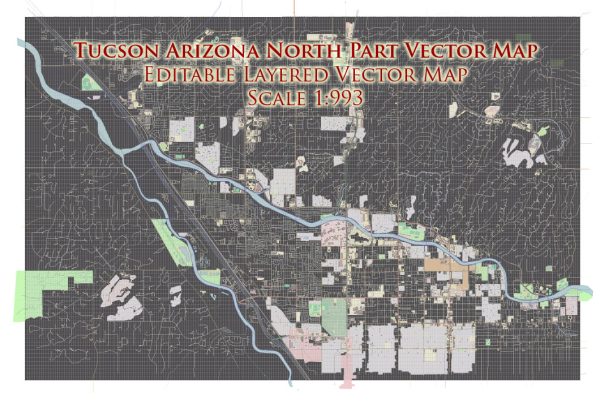General overview of the history of urban development in North Tucson, Arizona, up to that point. Keep in mind that there may have been further developments or changes since then.
Tucson is a city located in southern Arizona, known for its rich history and diverse cultural influences. North Tucson has experienced significant urban development over the years, shaped by various factors such as population growth, economic changes, and cultural shifts.
- Early Settlement and Native Influence: The area that is now North Tucson has a long history of human habitation, with Native American communities, including the Tohono O’odham and Pascua Yaqui tribes, residing in the region for centuries.
- Spanish and Mexican Periods: Tucson was part of the Spanish colonial territory of New Spain and later became part of Mexico after gaining independence. The city’s layout and architecture still bear the influence of these periods.
- Territorial Arizona: Tucson became part of the United States in 1854 as part of the Gadsden Purchase. The city grew as a transportation and military hub during the late 19th century, with the arrival of the Southern Pacific Railroad.
- Population Growth and Post-War Development: After World War II, Tucson experienced a population boom, and suburbanization became a prominent trend. This period saw the expansion of North Tucson, as residential areas and commercial developments spread outward from the city center.
- Sun Belt Growth: Like many other cities in the Sun Belt, Tucson experienced significant growth in the latter half of the 20th century. The city’s warm climate and economic opportunities attracted people, leading to the development of housing communities, shopping centers, and educational institutions in North Tucson.
- Economic Diversification: North Tucson has seen economic diversification, with the growth of industries beyond agriculture and mining. The region became a center for technology, healthcare, and education, contributing to further urban development.
- Cultural and Educational Influences: The University of Arizona, located in central Tucson, has played a crucial role in shaping the cultural and intellectual landscape of North Tucson. The presence of educational and research institutions has influenced the growth of the area.
- Modern Challenges and Sustainability: In recent years, urban development in North Tucson has faced challenges related to sustainability, water resources, and the balance between growth and preserving the region’s natural beauty.
It’s important to note that the specifics of urban development in North Tucson may have evolved since my last update. For the latest information, consider checking local archives, city planning documents, or other authoritative sources that provide current details on the region’s development.


 Author: Kirill Shrayber, Ph.D.
Author: Kirill Shrayber, Ph.D.